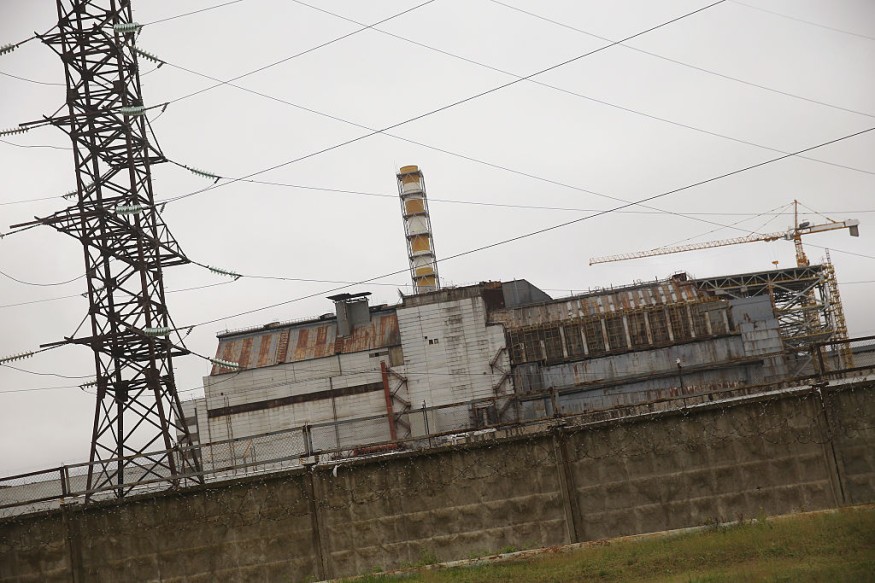The Chernobyl Nuclear Power Plant in Chernobyl, Ukraine, was once a thriving facility for nuclear fusion energy during the time of the now-dissolved Soviet Union, officially known as the Union of Soviet Socialist Republics (USSR). However, in the 26th of April 1986, a disaster struck when one of the facility's nuclear fission reactor cores leaked deadly chemicals, including uranium and other metals.
The Chernobyl accident resulted in severe radiation sickness and contamination to its surrounding environment, affecting living organisms including animals and plants. Due to the blast trauma from these chemical and radiation hazards, the incident saw the deaths of at least 30 plant operators and firemen who responded at that time. Related deaths were reported in the succeeding months.
Other sources suggest that a total of several dozens of people died from the Chernobyl disaster, reaching as high as 50 fatalities. Reported evidence also showed that exposure to the residual radiation from the initial explosive blast have lingered for a long time, prompting local authorities to issue decades-long evacuation of the area.
The Chernobyl Disaster

The 1986 Chernobyl Disaster is the world's worst nuclear disaster, being an INES 7 or major accident category level. It involved a meltdown and two explosions at the said plant's nuclear fission reactor core called Number Four RBMK reactor.
According to the World Nuclear Association, the disaster was a result of a combination of human error and flawed reactor design, which was operated by "inadequately trained personnel." The immediate steam explosion and fires released at least 5% of hazardous airborne particles from the radioactive reactor core into the region and even in many parts of Europe, the association says.
Emergency crews, including the mentioned firemen, responded to the accident while some used helicopters to pour sand into reactor no. 4 with the aim of stopping the fire and preventing further radioactive material from spreading.
Chernobyl Exclusion Zone
Several weeks after the 1986 Chernobyl Accident day, local authorities temporarily covered the radioactive site, which paved the way for a series of evacuations of around 115,000 people from the most heavily contaminated areas in 1986 and another 220,000 people in subsequent years, according to the United States Nuclear Regulatory Commission (USNRC).
Also called as Chornobyl, the partially abandoned city of Chernobyl is located in the Vyshhorod Raion of northern Kyiv Oblast. It is now part of the Chernobyl Exclusion Zone, commonly known as the 30-Kilometer Zone or The Zone. Just like any other anthropogenic or natural disasters, exclusion zones means that an area is not safe and the general public are prohibited from entering, in most cases.
The USNRC stated Soviet Union officials back then closed off the area within a radius of 30 kilometers (18 miles) from the plant, adding only persons with official business at Chernobyl and those people involved with assessing the consequences of the accident are allowed to go inside.
Despite the lingering radioactivity at Chernobyl, the past several years saw the arrival of tourists into the zone, with as many as 100,000 visits per year in the abandoned area, according to Newsweek. However, the Russian invasion of Ukraine in February 2022 prevented such visits.
Visiting Chernobyl will resumed after the cancellation of martial law in Ukraine and the complete clearance of the Chernobyl zone of alienation. You can check for updates at official Chernobyl tours operator website.
© 2025 NatureWorldNews.com All rights reserved. Do not reproduce without permission.





